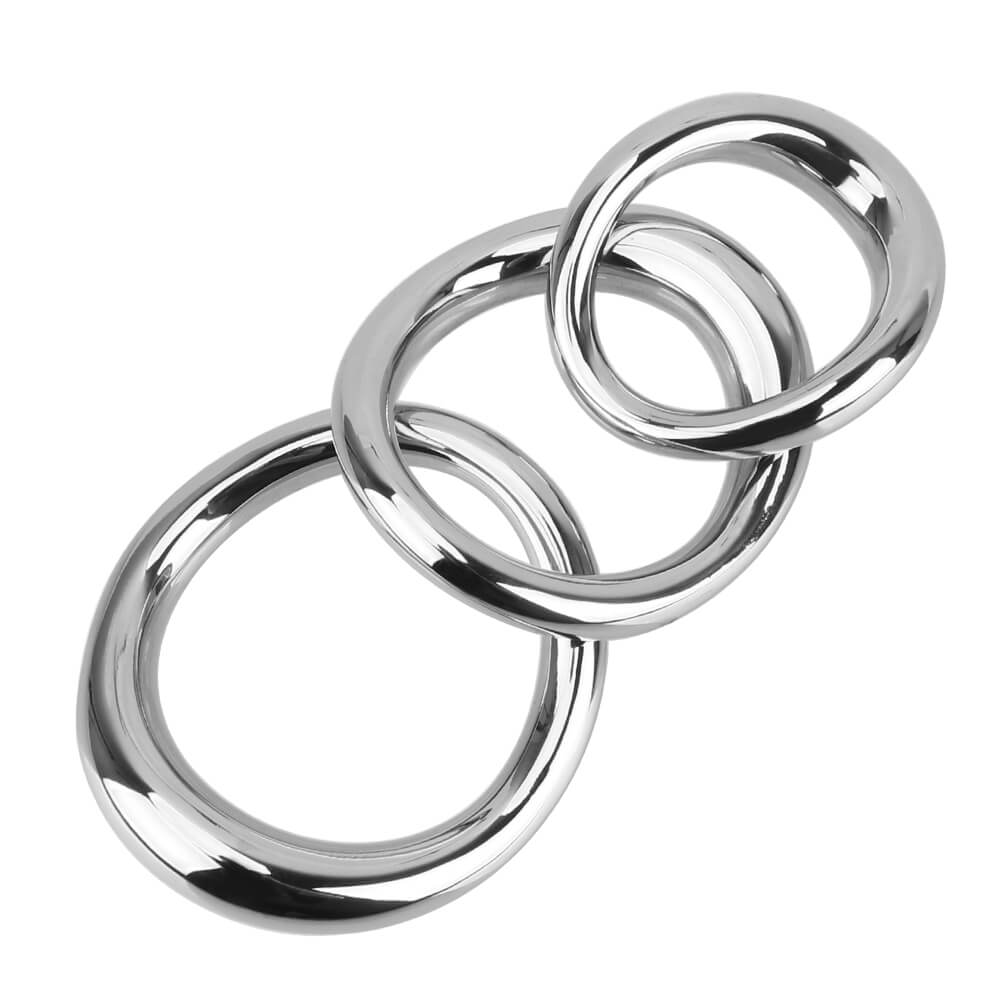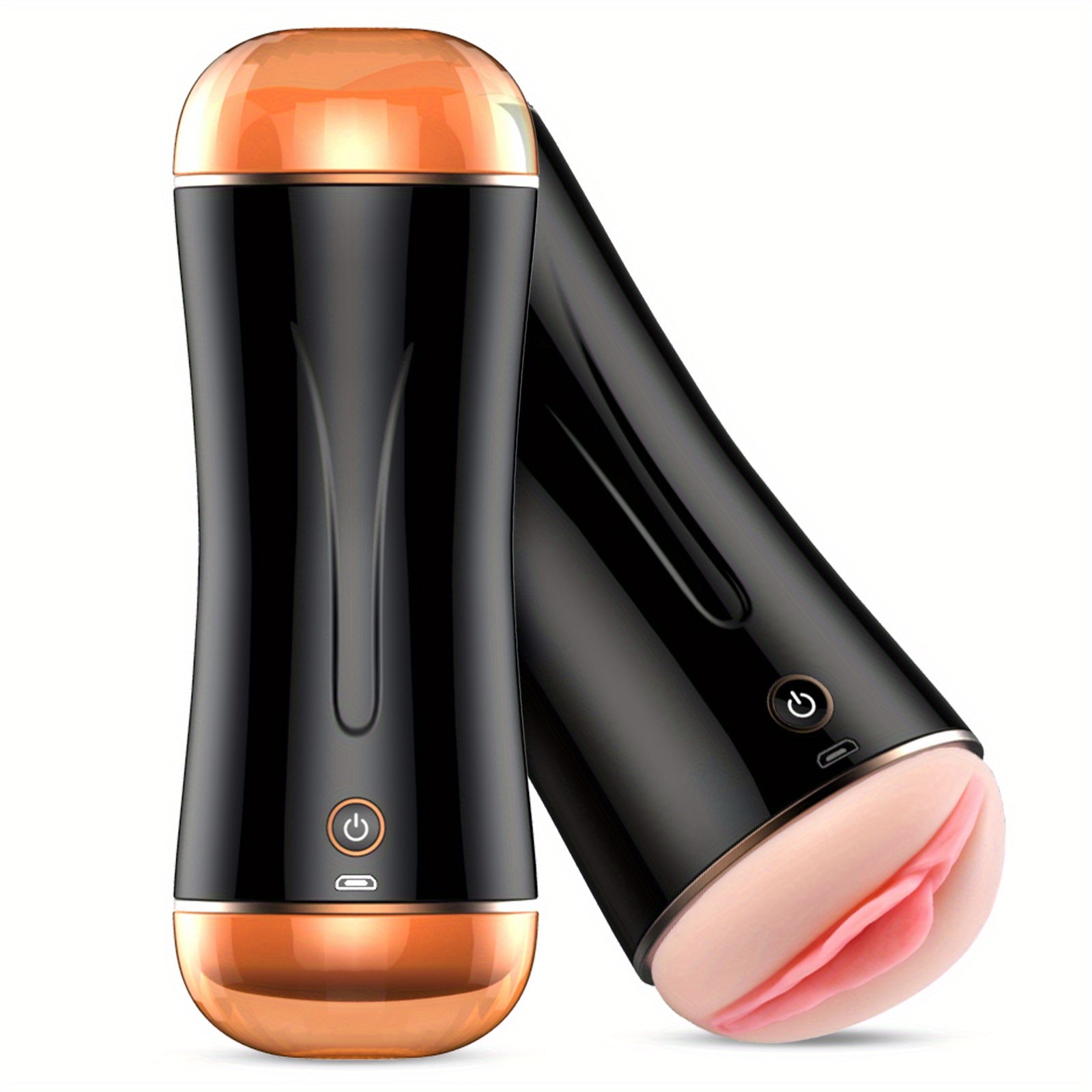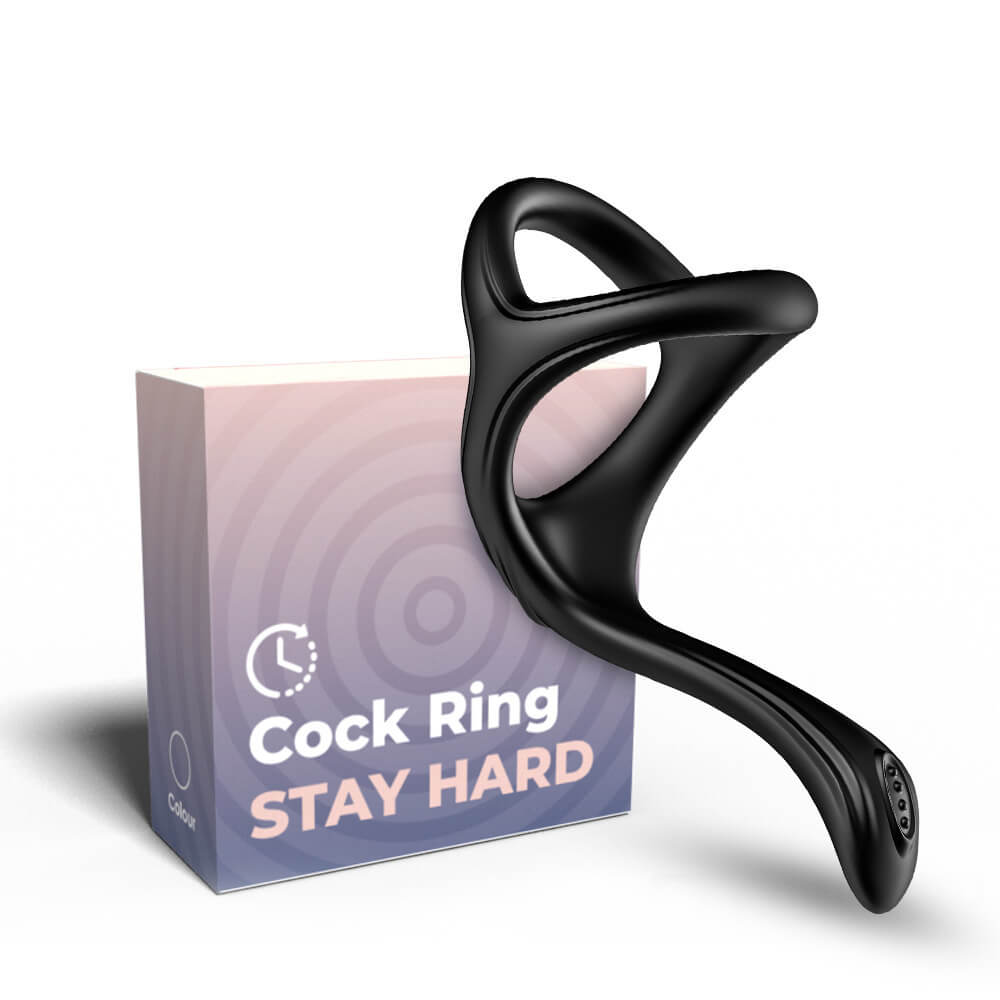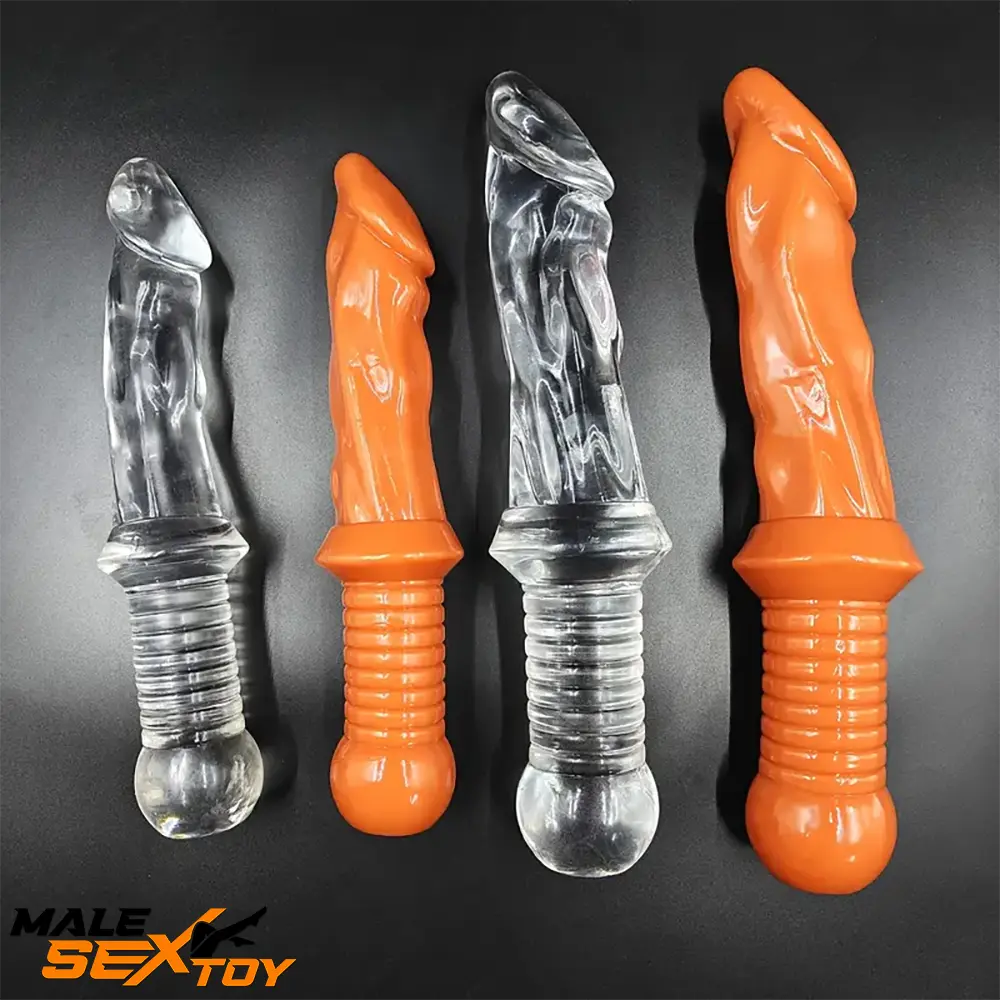Welcome to the exciting world of rope bondage! If you’re excited to start experimenting with safely restraining your partner or are just hoping to get in touch with your kinkier side, discovering the basic bondage knots is really the best place for you to start. Don't worry if you don't know the language, by the end of this Idiot's Guide, you'll have educated yourself in how to bind yourself correctly!
Safety must be the primary focus of every bondage scene
Before we dive into the nitty-gritty details of the knots themselves, it is important to ensure one thing: your safety must come first. At its core, bondage is about trust, communication, and having fun. But things are better if one is attentive otherwise shit goes from better to smoking hot, so fast. You just have to make sure you're not "draping the rope over someone" if you do. Like a Spiderman, with great rope comes great responsibility.
Important safety tips:
Check for Snugness: There shouldn’t be any gaping between the rope and skin, but it should never be too tight. Just make sure you can fit a few fingers between the rope and your partner’s skin. This safety measure keeps the blood flowing correctly and minimizes the possibility of nerve damage.
Stick With Non-Collapsing Knots Only: If you’re totally new to the world of bondage, limit yourself to only non-collapsing knots—those that won’t get even tighter as you pull them. This habit greatly reduces the risk of accidental injury, especially when your partner is really giving it all but suddenly your partner is pulling out.
Observe the Color, Temperature: Keep an eye on your partner's skin, especially near the joints. If you notice a change in color, or can feel the temperature lowering, blood circulation may be impaired, in which case the ropes need to be released immediately.

Remove Your Jewelry: Although it may seem like the obvious thing to do, it is also one of the most important things you can do and should never be forgotten. Rings, bangles, watches can all catch on the cord and cause discomfort, pain or XXXX.
Converse all the time: Keeping lines of communication open with your partner is simply essential. And remember, although the tension and heat may rise, make sure your date always feels safe and in-the-know. Be ready to loosen or remove the ropes fast if they indicate any discomfort or pain.
Ready To Use Scissors: A safety scissors set is an indispensable tool for whenever an emergency arises. Just remember that you can always get another length of rope, but man it would have been a pity to be apart from such a loyal friend!
Getting Knotty: Knots You Need to Know for Rope Bondage
Now that the all-important safety bit is out of the way, let’s move on to the fun part: the knots! These are the four key knots that every beginner roper should know.
The Overhand Knot - Simple but Versatile
The overhand knot is one of the easiest knots to learn, but don’t let its simplicity fool you, it’s extremely functional within the realm of bondage play. This is a good knot for keeping the ends from fraying on your rope, or for safely anchoring your rope in position during a scene.
How to knot it: Start by forming a loop with the rope
• Pass the working end through the loop.
• Cinch the knot tightly.
This knot can be simple, but be warned: this knot tightens up to no end when pulled, and becomes a complicated knot to untie. So I recommend using it preferably in situations where the rope won't be pulled much.
The Square Knot The Best Way To Tie Things Up
The square (reef) knot is heralded as one of the most useful knots in bondage play. It is especially useful for connecting the two ends of a length of rope, perfect for building your restraints or adding length.
How to tie it: Start by tying a simple overhand knot in the rope: Cross the right end of the rope over and under the left end.
• Then cross the left end over and under the right, forming a second overhand knot in the other direction.
• Firmly pull to make sure it is properly fastened.
It is important to cross the rope in opposite directions in order to securely tie a square knot. Otherwise, you don't quite have the right knot and are at greater risk of slippage or simply tying a "soft" or weak version of the granny knot.
The Half-Hitch: Easy to Anchor
So the half-hitch is a useful knot for tying a rope to something that doesn't move, like a chair or bedpost. It shortens if you pull on it, which makes it better for attaching your rope to an anchor point than for tying your rope directly to your partner.
How to knot it:
• Loop the rope around the anchor point.
• Pass the working end through the loop you made.
• Tighten the rope by pulling it toward the anchor.
Man, them rodeo clowns be CRAAAZZZAYYY!!!TAILORS HALF HITCHTo make it more secure you can stack several half-hitches on to on another. But this knot should never be used directly on a person, because it can tighten too much.
The Lark’s Head: Useful and Secure
The lark’s head knot is crucial for making cuffs and to begin more challenging ties. This knot can also be used to secure a single column (for example the wrist or ankle) or a double column (tying two wrists).
How to knot it:
• Make a loop toward the middle by bending the rope in half.
• Place the loop behind what you are securing (object or limb).
• Draw the ends of the rope through the loop and keep it secure.
This tie is easy to tie as it is to untie, so it’s a good option for beginners who want to practice a variety of positions but don’t want to master intricate ties.
Things to Avoid When Bondage
Even the best are not immune to missteps, so here are some pitfalls to avoid:
• Jumping Into Knot Tying Without Safety Precautions: Do not jump into tying knots without first learning the basic principles of bondage safety. It's very easy to get caught up in the rush, but to let slip this crucial step can be catastrophic.
• Wrong Rope: Not all ropes are the same. Always use rope made for bondage. Its texture must be soft to touch, durable, and should not be harmful for skin. Avoid rough threads which can rub on your skin or cause burns.
• Forgetting Aftercare: Bondage is both a mental and physical game. Once the ropes come off, your partner still needs to be taken care of. Offer them some water, food, and grounding to calm them down after the experience.
Are you ready to explore? Try these positions for bondage
So, now that you know how to tie the knots, it’s time to get to knot-tying! Here are a few positions you may want to try:
• The Spread-Eagle: Bind your partner's wrists and ankles to the four corners of the bed. This makes them completely exposed and open; the perfect time for you to tease and pleasure them!
• The Frogtie: Tie your partner’s thighs to their ankles. This position is super versatile and can be used for both penetrative and oral play.
• The Leapfrog: Connect your partner’s wrists to their ankles. This can heighten your experience enjoying each other “doggie style.” This one is great for anal, making your partner feel super helpless.
• The Armbinder: One easy way to start with bondage is to tie your partner’s arms above their head. This position removes there hands out of the online and leaves there lower body free to move.
In summary, bondage is a very delicate art that takes some real skills to get right
BDSM for Beginners Yes, bondage can bring a thrilling twist to your sexual escapades, but you need to be careful about approaching it the right way. By learning about these basic knots and following some safety rules, you’ll be well on your way to sharing pleasurable and rewarding experiences for both you and your partner.
The most important aspects in any bondage situation are consent and communication. Keep communicating, put safety first, and most of all enjoy the wonderful journey with the ropes!







